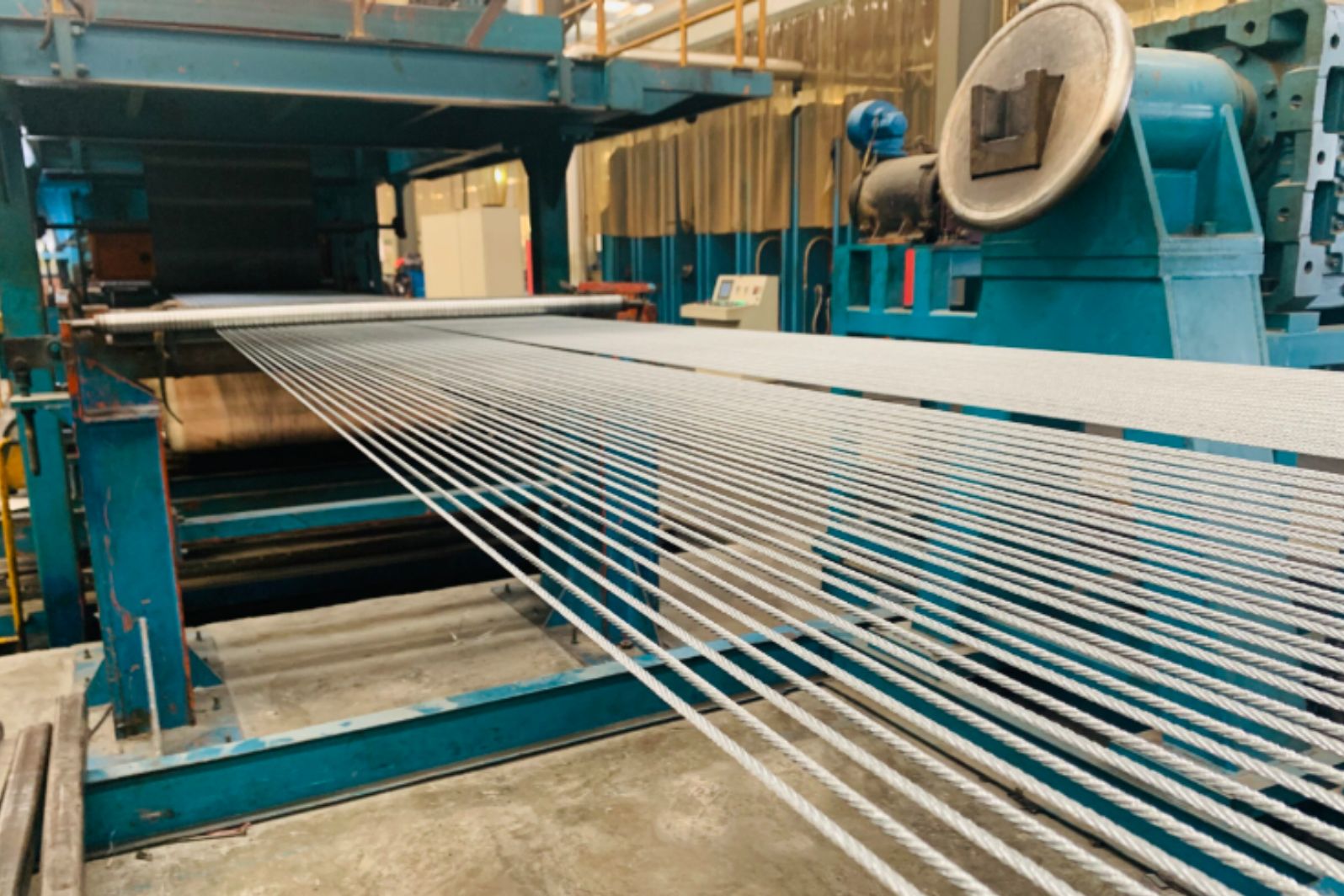In the realm of industrial conveyor systems, the strength and reliability of belt joints are of paramount importance. Among the various types of conveyor belt joints, the steel cord belt joint stands out as a robust solution that finds its utility across multiple industries. With its exceptional strength, durability, and versatility, the steel cord belt joint has proven to be an indispensable component in various applications. In this blog, we delve into the diverse uses of steel cord belt joints and how they contribute to the efficiency and productivity of different sectors.
Table of Contents
Understanding Steel Cord Belt Joints
A Steel cord belt joint is a type of conveyor belt jointing method where steel cords are embedded in the belt ends, providing unparalleled tensile strength and stability. This method is particularly suitable for heavy-duty applications where the conveyor belt is subjected to high tensions and rigorous operational conditions. The steel cords are embedded in the belt using specialized techniques, resulting in a joint that can withstand heavy loads, shock loads, and continuous use.
Applications of Steel Cord Belt Joints
Steel cord belt joints find a multitude of applications across diverse industries due to their exceptional strength, durability, and reliability. Here are some of the key applications where steel cord belt joints play a critical role:
Mining Industry:
The mining industry relies heavily on conveyor systems to transport massive amounts of materials, including ores, coal, and aggregates. Steel cord belt joints are a preferred choice in this sector due to their ability to handle the intense demands of transporting heavy and abrasive materials over long distances. These joints ensure consistent material flow and help minimize downtime, a critical factor in optimizing mining operations.
Steel Manufacturing:
The steel industry requires reliable conveyor systems to move raw materials, semi-finished products, and finished steel products within manufacturing facilities. Steel cord belt joints excel in this environment, where they can withstand high temperatures, heavy loads, and abrasive materials without compromising performance.
Port and Shipping Terminals:
Ports and shipping terminals rely on conveyor systems to load and unload bulk materials from ships and containers. Steel cord belt joints play a crucial role in these applications, enabling efficient and continuous material handling while withstanding the challenges of saltwater exposure and heavy loads.
Construction and Aggregates:
In construction sites and aggregate processing plants, materials like sand, gravel, and concrete must be transported efficiently. Steel cord belt joints provide the necessary strength to handle these materials, ensuring smooth and reliable operations even on inclines or declines.
Power Generation:
Power plants, whether thermal, nuclear, or renewable, require conveyor systems to transport fuel, ash, and other materials. Steel cord belt joints are well-suited for these environments due to their resistance to high temperatures, long distances, and varying operational conditions.
Cement Industry:
Cement manufacturing involves the movement of raw materials, clinker, and finished products within the facility. Steel cord belt joints offer the strength and durability required to handle the abrasive nature of cement materials, contributing to efficient production processes.
Benefits of Steel Cord Belt Joints
Steel cord belt joints offer a wide range of benefits that make them a preferred choice in various industries. Here are some of the key advantages of using steel cord belt joints:
High Tensile Strength:
The primary advantage of steel cord belt joints is their exceptional tensile strength, which enables them to handle heavy loads and maintain stability under tension.
Longevity:
Steel cord belt joints have a longer service life compared to traditional jointing methods, reducing downtime and maintenance costs.
Operational Reliability:
These joints are known for their reliability, minimizing the risk of belt failure, material spillage, and disruptions in operations.
Adaptability:
Steel cord belt joints can be customized to suit various conveyor belt widths, lengths, and operational requirements.
Conclusion
The versatility and reliability of steel cord belt joints make them an invaluable asset in a wide range of industries. From mining and steel manufacturing to shipping terminals and power generation, these joints ensure the efficient and smooth movement of materials, contributing to enhanced productivity and reduced operational downtime. As industries continue to evolve and demand higher performance from their conveyor systems, steel cord belt joints will continue to play a pivotal role in meeting these demands and driving industrial progress.


